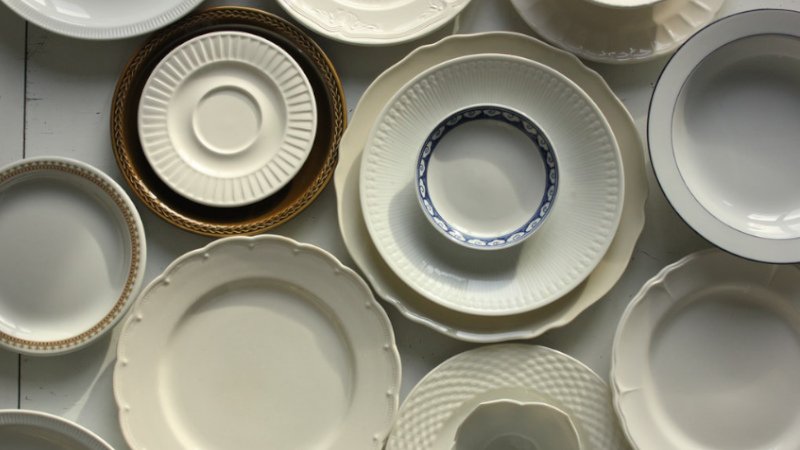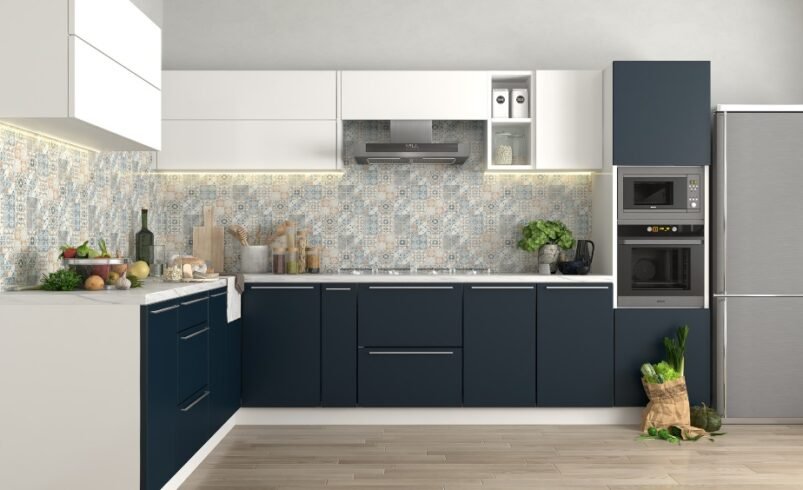How to Select the Right Dinner Plates for Your Table Setting

Selecting the right dinner plates for any table setting is crucial in defining a meal’s functionality and aesthetics. Whether the occasion is casual or formal, the choice of dinnerware must reflect the tone of the event while also complementing the overall décor. Several dinner plate options like ceramic plates, porcelain, stoneware, and many more are available on the market, and they have a blend of durability and elegance that is suitable for various dining experiences. Before choosing one among them, it’s essential to know its details; this blog will take you through that.
Understanding the Types
Dinner plates come in various materials, each offering distinct benefits and styles. Understanding these can help make an informed decision that suits taste and lifestyle.
Ceramic: Renowned for their versatility and robustness, ceramic plates are suitable for both daily use and special occasions. This material offers excellent heat resistance, making it ideal for serving hot food, and its surface can be beautifully glazed to add a decorative touch.
Porcelain: Known for its fine texture and high durability, porcelain is a staple in formal dining settings. They are typically lighter than ceramic but offer similar benefits in terms of heat retention and aesthetic versatility.
Stoneware: These types are known for their rustic appeal and incredible sturdiness. Stoneware is less porous than ceramic, often heavier, and comes in various earthy and neutral tones that suit a wide range of table settings.
Glass Plates: Offering a modern look, glass ones can feature clear, frosted, or coloured designs. They are perfect for showcasing food beautifully and add a touch of elegance to any table setting without overwhelming the décor.
Melamine Plates: Ideal for outdoor dining, melamine types are highly durable, relatively inexpensive, and available in various designs and colours. However, they are unsuitable for microwave use, which can be a limitation for some households.
Factors to Consider When Choosing Dinner Plates
When selecting dinner plates, several factors should be considered to ensure they meet aesthetic and practical needs.
Size and Shape: Standard types range from 10 to 12 inches in diameter, but size can be adjusted based on personal preference and the nature of the meals typically served. The shape also plays a critical role; traditional round ones are versatile, while square or rectangular ones can add a modern touch to the table.
Colour and Pattern: The colour and pattern of the plate should complement the dining area’s overall theme and meal type. Neutral colours like white or beige provide a clean backdrop for food, making it stand out, whereas bold colours and patterns can be used to make a statement.
Stackability and Storage: Particularly for those with limited kitchen space, considering how well they are stacked and stored is essential. Ceramic ones often stack neatly in such cases, which helps maximise cabinet space.
Maintenance: For ease of use, many prefer dishwasher and microwave-safe ones. Ceramics often meet these criteria, offering convenience that is especially valuable in fast-paced settings.
Coordinating with Other Tableware
When selecting dinner plates, it’s also essential to consider how they will coordinate with other tableware items such as cutlery, glasses, and serving pieces. Ensuring that all components of the table setting are harmonious creates an inviting dining experience. For example, sleek, modern ceramic plates pair well with minimalist silverware, while ornate porcelain matches with more traditional, elaborately styled utensils.
Choosing the right dinner plates involves a careful consideration of material, size, style, and practicality. Ceramic plates, highlighted for their versatility, durability, and aesthetic appeal, are an excellent choice for anyone looking to enhance their dining experience. By selecting dinnerware that aligns with one’s lifestyle and the ambience of the dining space, meals can become more enjoyable and visually appealing.



